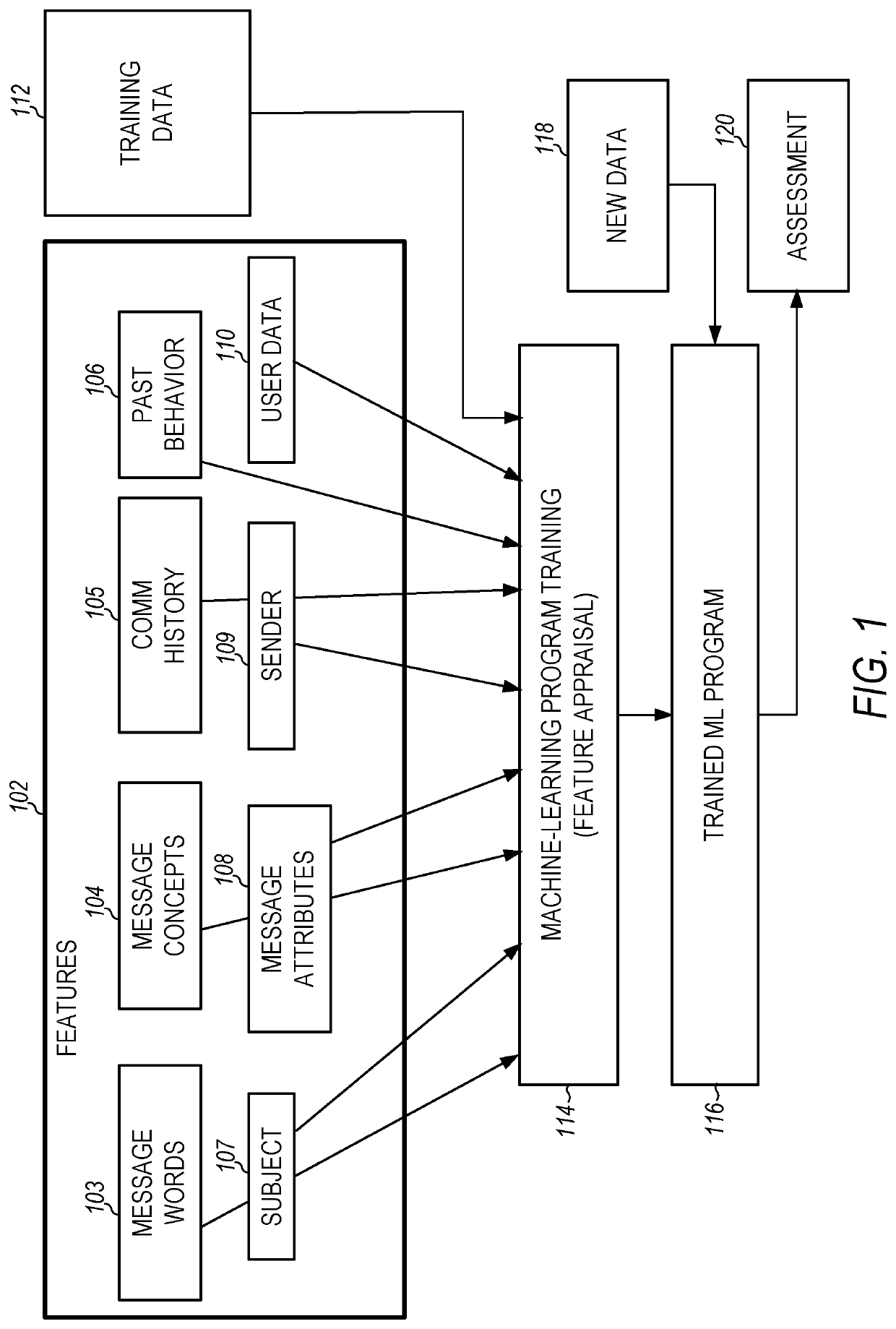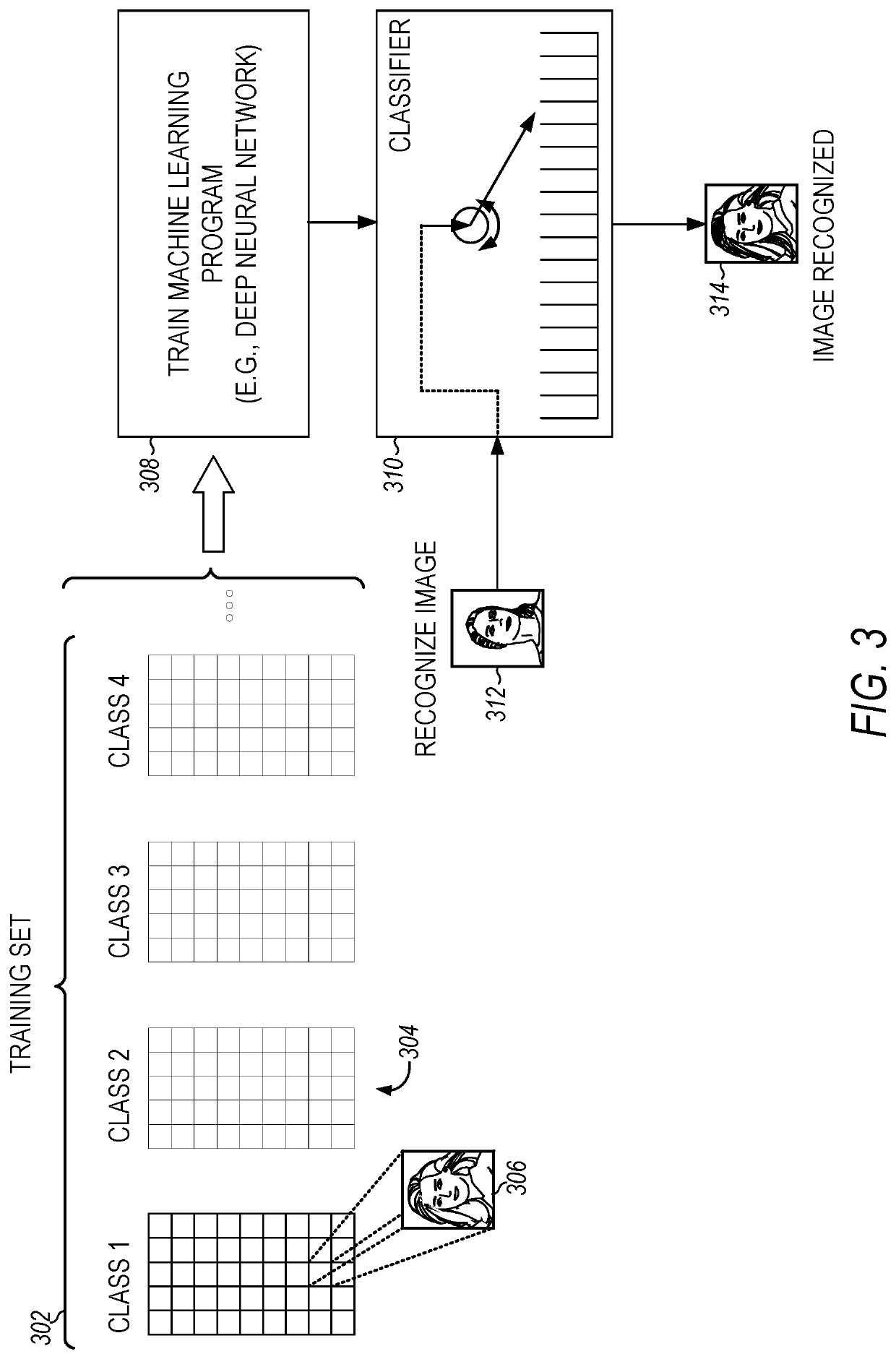Predicting optical fiber manufacturing performance using neural network
a neural network and optical fiber technology, applied in the field of optical fiber manufacturing, can solve the problems of predicting optical fiber manufacturing performance, many expensive errors, and the need to replace optical fiber preforms that perform poorly at a high monetary cos
- Summary
- Abstract
- Description
- Claims
- Application Information
AI Technical Summary
Benefits of technology
Problems solved by technology
Method used
Image
Examples
example 23
[0144 is a training system comprising: processing circuitry; a memory storing a convolutional neural network (CNN); and the memory further storing instructions which, when executed by the processing circuitry, cause the processing circuitry to perform operations comprising: accessing a stored dataset comprising, for each of multiple reference optical fiber preforms, a plurality of images of the reference optical fiber preform labelled with performance data of optical fiber drawn from the optical fiber preform, wherein each image represents a different portion of the optical fiber preform; and training the convolutional neural network (CNN), the training comprising providing data to the convolutional neural network (CNN), the data comprising the stored dataset or a training dataset derived from the stored dataset, the convolutional neural network (CNN) processing the data to classify the reference optical fiber preforms into two or more categories.
[0145]In Example 24, the subject mat...
PUM
| Property | Measurement | Unit |
|---|---|---|
| diameter | aaaaa | aaaaa |
| diameter | aaaaa | aaaaa |
| diameter | aaaaa | aaaaa |
Abstract
Description
Claims
Application Information
 Login to View More
Login to View More - R&D
- Intellectual Property
- Life Sciences
- Materials
- Tech Scout
- Unparalleled Data Quality
- Higher Quality Content
- 60% Fewer Hallucinations
Browse by: Latest US Patents, China's latest patents, Technical Efficacy Thesaurus, Application Domain, Technology Topic, Popular Technical Reports.
© 2025 PatSnap. All rights reserved.Legal|Privacy policy|Modern Slavery Act Transparency Statement|Sitemap|About US| Contact US: help@patsnap.com



